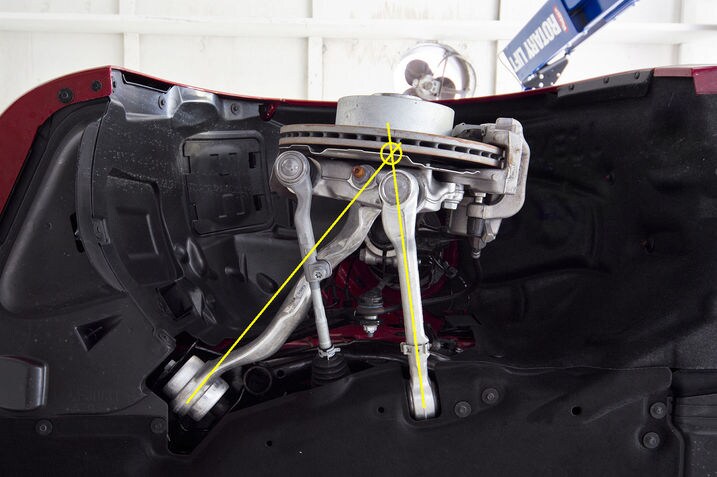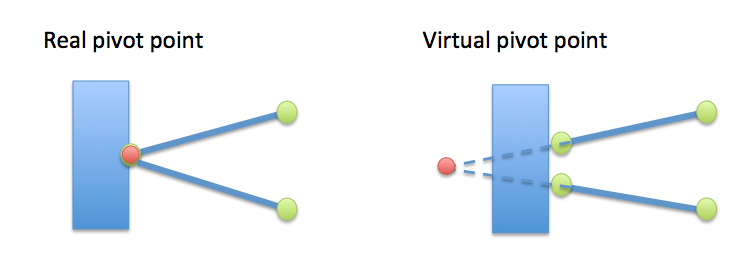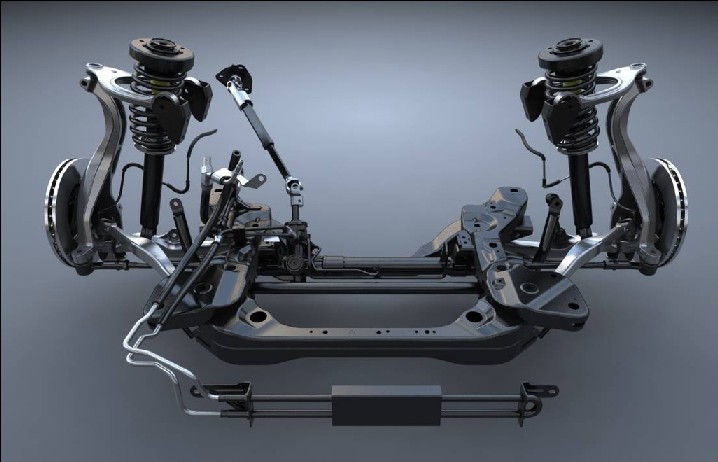Whiskey11
Kill ALL the Cones!
The geometry supports adjusting caster at the tension link. You can argue all you want but any change in the length of the Tension link is going to adjust caster, some camber and toe. Whether you can do that from the factory has yet to be seen and you probably can't. I imagine the lateral link might be, if Ford was smart they would make it adjustable but we all know how that works out.No, you can not adjust the caster via the Tension or Lateral Links. Nor is Virtual Pivot and MacP the same. You are welcome to show me different instead of not showing me. I am open to new ideas...
I've already explained in TWO posts why this Strut configuration IS a Virtual Pivot suspension and you have either ignored it entirely or don't understand it. I'm not sure what would prove it to you.
Sponsored










